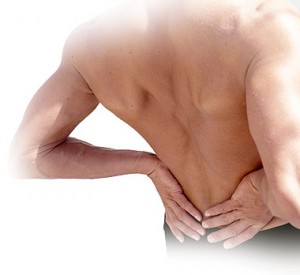Bulging disc or spinal disc herniation as it is medically known is a spinal condition where the inner soft core of the of an intervertebral disc starts bulging or pressing beyond the damaged outer fibrous ring which generally leads to nerve root compression – condition that causes the sufferer a lot of pain.
Although it is not necessarily that the pain is caused by nerve root compression as a tear in the intervertebral disc ring sometimes result in the release of inflammatory chemical mediators which as a result may be the root cause of severe pain.
Recognizing Pain and Treatment
Bulging disc pain may be quite severe and can cause the patient a lot of discomfort. This is why proper bulging disc pain management is a necessity so that the patient can return to a normal life. The best way to deal with this problem is going for conservative treatment options. A bulging disc doctor always prefers non-surgical treatment options to find a solution for this problem. These treatment options include:
 At-Home Remedies including:
At-Home Remedies including:
- Hot/cold compress – Although no strong evidence points that this options works successfully but it may help in providing relief for a period of time. Heat and ice therapy may include using a heating pad after every 2 to 3 hours for 15 to 20 minutes or using an ice pack for 15 to 20 minutes after every 2 to 3 hours.
- Over-the-counter medications – Taking medications generally helps a patient to deal with the pain. Although they work best if you take these medications at a schedule that is regular instead of waiting till the pain gets severe.
- Therapeutic Exercise – These exercises are meant to help strengthen the back of the patient and also to help the patient get some respite from his pain. These exercises are usually recommended by a physical therapist or a certified doctor. These exercises are a part of physical therapy and include core stabilization exercises that not only help in strengthening the muscles of your trunk but they also protect your back and help the patient return to his/her usual level of activity.
